You’re probably losing thousands every month. Leads go cold while you’re stuck in admin work that someone else could handle for $10 an hour.
While you’re updating spreadsheets, scheduling appointments, and chasing prospects across a dozen platforms, your competitors are closing deals and scaling up. This mess of disconnected tools and time-wasting tasks keeps you buried in the weeds instead of running your company.

The first step out? Get brutally clear about which tasks drain your time and energy before you even consider hiring help. Too many business owners skip this, and end up with disappointing VAs who feel more like expensive babysitters than real team members.
Traditional VA services often just add another person to manage, without fixing the tool chaos that caused the problem in the first place.
BoostOps takes a different route. They offer AI-powered Filipino Virtual Assistants who follow strategy, not just instructions, plus a full CRM that can replace your expensive stack of tools.
For $11.86/hour, you get a seasoned VA working 40 hours a week, an AI-powered CRM running nonstop, premium ChatGPT-5 access, and full hiring and compliance management. No onboarding fees, no integration headaches, and no need to babysit.
Key Takeaways
- Pinpoint your biggest time-wasters before hiring so your virtual assistant actually adds value
- Pick specialized VAs who get your industry and can work without hand-holding
- Build long-term partnerships with solid systems and clear expectations if you want lasting results
Clarify Your Needs Before Hiring

If you want to hire a virtual assistant successfully, you need to know exactly what you want help with—and how much you’re willing to invest. Being clear on tasks, skills, budget, and business fit helps you avoid costly mistakes and gets your VA delivering value from day on
Identify Tasks to Delegate
Track everything you do for a week. Jot down each task and the time it eats up.
Spot the patterns in your daily grind. Admin work like email, scheduling, and data entry are perfect to hand off.
Customer service, lead follow-up, and social media management? Also great for VAs.
High-impact tasks to delegate:
- Email management and customer communication
- Calendar scheduling and appointment setting
- CRM updates and lead management
- Social media posting and engagement
- Research and data collection
- Order processing and inventory updates
Hand off tasks that drain your time but don’t need your expertise. If you’re stuck doing $10-an-hour work while your time is worth $200, those need to go to your VA right away.
Many business owners lose leads because they can’t keep up with follow-ups across all their platforms. A skilled VA can run your lead nurturing so you can focus on closing deals.
Determine Required Skills and Experience
Match skills to your actual task list. Basic admin needs one set of skills; running ad campaigns or customer support needs another.
Essential skills for most VAs:
- Strong English communication (written and verbal)
- Comfort with common business tools
- Time management and organization
- Problem-solving
- Attention to detail
Advanced skills for specialized roles:
- CRM management and automation
- Social media marketing and content creation
- Bookkeeping and financial data entry
- Customer service and conflict resolution
- Lead generation and appointment setting
Experience matters more for complex tasks. If you need marketing help, look for 2-3 years of relevant experience. For basic admin, less experience can work just fine.
Find VAs who’ve worked with businesses like yours. Healthcare? You’ll want HIPAA-compliant assistants. Real estate? Someone who knows MLS systems and lead management.
Set an Effective Budget

VA costs vary a lot by location, skills, and how you hire. Plan your budget ahead so you don’t get sticker shock or settle for the wrong fit.
Typical pricing ranges:
- Basic admin: $8-15 per hour
- Specialized skills: $15-25 per hour
- Expert-level: $25-40 per hour
Don’t forget hidden costs if you hire independently. Job posts, background checks, training, and your own management time all add up.
Consider the cost of tool chaos, too. Many businesses pay over $2,400 a month for disconnected software that just creates more work. A VA juggling multiple platforms wastes time switching between them.
Budget extra for training and onboarding. Even experienced hires usually need 2-4 weeks to ramp up.
Align Virtual Assistant Role with Business Objectives
Link your Virtual Assistant’s work directly to business outcomes. Don’t just list tasks, spell out what success looks like.
Business-focused goals:
- Respond to leads in under 5 minutes
- Process 50+ customer inquiries daily without delays
- Generate 20 qualified appointments per week
- Keep customer satisfaction above 95%
Your VA should solve real problems, not just tick off busywork. If you’re losing deals from poor follow-up, put them on lead management and nurturing.
Think about growth, too. Can this VA take on more as your business scales? Planning now saves you from hiring again later.
Set clear metrics and reporting. Weekly performance reports help everyone stay on track.
Choose the Right Type of Virtual Assistant
Finding the right VA means choosing between freelancers and agencies, identifying industry-specific skills, and deciding if you want platform solutions or a dedicated partner.

Weigh Freelancer vs. Agency Options
Freelancer VAs work on their own and usually cost less up front. You hire them directly, maybe through a platform or referral.
But you’ll handle all the vetting, training, and management yourself. If they get sick or disappear, there’s no backup.
You also take care of payroll, compliance, and any performance headaches.
Agency options give you vetted assistants with backup and ongoing support. They handle hiring, background checks, skills tests, and compliance.
Good agencies offer structured onboarding and keep training their VAs. If someone doesn’t work out, they’ll replace them at no extra cost.
When you factor in your own time, the cost often balances out. Agencies remove a lot of the guesswork and give you accountability.
Evaluate Specialized Skills Needed
Every industry has its own VA needs. Healthcare businesses need assistants who get HIPAA and medical lingo.
Real estate pros want VAs who know CRMs, lead nurturing, and transaction coordination. E-commerce businesses need help with inventory, customer service, and platform tools.
Decide if you need a generalist for admin work or specialized skills for industry tasks. Many start with general support and add specialties as they grow.
Ask for proof of relevant experience. Get examples of similar work they’ve done successfully.
Decide Between Platform Solutions and Dedicated VAs
Platforms like Fiverr connect you to freelancers for one-off projects. They’re fine for quick tasks but don’t offer consistency for ongoing needs.
Platform freelancers often juggle several clients. That means slower replies and split focus.
Dedicated VAs work just for you during set hours. They learn your systems, your quirks, and your business goals over time.
Dedicated partnerships build real value through efficiency and deeper understanding. Your VA becomes part of your team, not just a temp.
If your business is hitting $1M+ in revenue, dedicated support saves you from constantly searching for new freelancers. You get reliability and quality when you need it most.
Ready to skip the hiring headaches? Book a discovery call and see how BoostOps delivers fully-vetted, industry-trained VAs with total CRM integration.
Key Tasks to Offload for Maximum Impact
Hiring the right VA starts with knowing which tasks eat your time and block your growth. The biggest wins come from delegating customer communications, social media management, and repetitive admin that eats up your day.
Streamline Customer Support and Inquiries
Customer support is one of the highest-impact things you can delegate. Your clients want fast responses, but you shouldn’t be answering emails at 2 AM.
A good VA can handle 90% of customer inquiries without bothering you. They’ll manage live chat, email support, and phone calls during business hours.
Key customer support tasks to delegate:
- Initial customer inquiry responses
- Order status updates and tracking
- Basic troubleshooting and FAQ responses
- Appointment scheduling and rescheduling
- Follow-up communications with prospects
Your VA can use templates for common questions and escalate anything tricky to you. That keeps response times fast and quality high.
Trying to answer every customer inquiry yourself is a recipe for missed leads. Delayed responses can cost you real money.
With the right training, your VA becomes a true extension of your brand. They keep your voice and standards, freeing you to work on what matters most.
Optimize Social Media Management
Social media can eat up 2-4 hours every day. Let your VA handle your online presence so you can focus on bigger moves.
Essential social media tasks to offload:
- Content creation and scheduling
- Community management and comment responses
- Social media monitoring and engagement
- Hashtag research and optimization
- Analytics reporting and insights
Your VA can build content calendars, design graphics with templates, and keep posts consistent. They’ll respond to comments and messages quickly, keeping your audience engaged.
Social media needs daily attention, and most business owners just can’t keep up. Gaps in posting hurt your visibility and engagement.
A dedicated VA keeps your social presence active and professional. They’ll track what works and tweak your approach for better results.
Automate Data Entry and Administrative Work
Data entry and admin work? Total time sinks. They keep you from actually running your business.
These tasks repeat endlessly, so why not hand them off? Delegating here often pays off right away.
Critical administrative tasks to delegate:
- CRM data entry and contact management
- Invoice creation and accounts receivable follow-up
- Document preparation and formatting
- Email management and organization
- Calendar coordination and meeting scheduling
Your virtual assistant can enter new leads into your CRM and update customer info. They’ll keep your databases clean and organized.
They also handle routine emails and keep systems neat. That’s a lot less clutter for you to worry about.
Most business owners spend 10-15 hours weekly on admin work that’s only worth $10-15 per hour. Imagine spending that time on $100+ per hour activities instead.
Give your VA clear, documented processes. With the right instructions, they’ll keep everything consistent and accurate.
Want to get your time back and actually focus on growth? Book a discovery call to see how our AI-powered virtual assistants can overhaul your operations—seriously, it’s just one step.
Achieve Long-Term Success With Your Virtual Assistant
If you want a strong VA partnership, you need smart workflow integration and real performance tracking. The trick? Simplify your tech stack and create systems that actually protect your time and revenue.

Integrate Workflows for Time and Revenue Protection
Time management gets critical when leads start falling through the cracks. Your VA needs easy access to every customer touchpoint, no more bouncing between 14 different apps.
Set up standard procedures for following up with leads within five minutes. Map out your current workflow and spot the gaps. You’d be surprised how many $1M+ businesses lose 27% of revenue just from slow follow-up.
Key integration points:
- Lead capture to CRM assignment
- Follow-up scheduling and tracking
- Customer communication history
- Task handoffs between you and your VA
Your VA should nurture leads while you focus on closing deals. That way, you protect your hourly value and avoid bottlenecks.
Set clear response time boundaries. Leads expect contact within the first hour, and your VA can make that happen if your workflows actually connect.
Monitor Performance and Adapt As Needed
Track the numbers that really matter, revenue per lead, response times, and conversion rates. That’s where you’ll see your VA’s true impact.
Hold a quick 30-minute check-in each week. Focus on results, not just a list of tasks. Figure out which activities drive revenue and shift priorities as needed.
Performance indicators to watch:
- Lead response time (target: under 5 minutes)
- Follow-up completion rate (target: 98%+)
- Appointment show rates
- Customer satisfaction scores
Jump on problems before they snowball. If your VA struggles with certain tools, give them targeted training instead of vague feedback.
Plan for skill growth during monthly reviews. As your business changes, your VA should level up too.
Leverage Tech and AI for System Simplification
Why juggle a dozen tools when one platform can do the job? Most businesses spend $2,431+ a month on fragmented solutions that just add stress.
AI-powered systems take care of routine stuff 24/7. Your virtual assistant gets to focus on more strategic work, not just data entry.
Essential AI capabilities:
- Automatic lead scoring and routing
- Smart follow-up sequences
- Appointment scheduling optimization
- Customer interaction tracking
Premium AI tools like ChatGPT-5 boost your VA’s problem-solving skills. They can handle more complex customer questions without you looking over their shoulder.
One platform ends the tool chaos that kills productivity. Your VA finally gets to spend time on things that actually make money, not just clicking around.
Boost Work-Life Balance and Business Growth
Work-life balance gets a huge lift when you stop doing $10/hour admin chores. Your VA handles the day-to-day, so you can focus on growth.
Set boundaries for after-hours messages. Your VA can deal with urgent customer needs, so you’re not always on call.
Growth activities to prioritize:
- Strategic planning and vision setting
- High-value client relationship building
- Partnership and expansion opportunities
- Team leadership and development
Delegate whole processes, not just single tasks. When your VA owns a workflow, you get real freedom from daily operations.
Scaling up gets a lot easier when your systems run themselves. Your VA should handle more volume without needing more of your time.
Ready to ditch tool chaos for a single, streamlined solution? Book a discovery call and see how AI-powered virtual assistants can take your operations to the next level.
Frequently Asked Questions
Most business owners worry about finding a VA who can handle complex tasks without constant supervision. These questions hit the big stuff—skills, onboarding, and legal requirements for hiring internationally.
What qualities should I look for in a virtual assistant?
Look for someone who communicates well and works independently. You want a VA who replies quickly and isn’t afraid to ask questions when things aren’t clear.
Experience with lots of software helps. If you’ve ever felt buried in apps, you’ll appreciate a VA who adapts fast.
Problem-solving beats just ticking boxes. You need someone who thinks ahead and prevents messes, not just follows a checklist.
Attention to detail is a must. Missed follow-ups can cost you real money.
How can I evaluate a virtual assistant’s skills before hiring?
Ask for work samples that match your actual needs. Generic portfolios don’t show if they understand your industry.
Give them a test project before you commit. It’s the best way to see their skills and work style in action.
Check their tech setup, good internet, backup power, all that. You don’t want your business stalled by connection issues.
Hop on a video call to check their language skills. Written messages only show so much.
Ask for references from businesses like yours. Past results with similar tasks say a lot.
What is the typical process for onboarding a new virtual assistant?
Start by giving them access to your essential tools. Walk them through basic navigation and logins.
Write up standard operating procedures for your main tasks. Good documentation keeps things clear and avoids mistakes.
Check in regularly during the first two weeks. Daily chats help catch problems early.
Set up a project management system for tracking tasks. You’ll want to see progress without micromanaging.
Most experienced VAs get up to speed in 1-2 weeks. More complex stuff might take a bit longer.
Book a discovery call to learn how BoostOps handles onboarding—no setup fees, no hassle.
How do I determine the level of experience needed for a virtual assistant role?
Match their experience to the job. Admin work? You can go with someone newer. Strategic marketing? Definitely need more experience.
Think about how much time you have for training. Less experienced VAs need more guidance but cost less.
Some industries, like healthcare or finance, need specialized knowledge. Don’t skip compliance requirements.
Check the tools they’ll use every day. More complex software means you’ll need a VA who’s been there before.
Seasoned VAs juggle multiple responsibilities. Newer folks do better with one task at a time.
What are the best practices for communicating effectively with a virtual assistant?
Stick to one main platform for all messages. Scattered chats just lead to confusion.
Give context with every request. Let your VA know why the task matters and how it fits the big picture.
Set clear expectations for response times. Say when you need a fast reply and when it’s okay to wait.
Use video calls for complicated projects. Sometimes face-to-face just works better.
Write down important decisions and changes. It saves headaches later if you need to check what was agreed.
Can you outline the legal considerations when hiring a virtual assistant from another country?
First, figure out whether you’re hiring an employee or a contractor. Most VAs work as independent contractors, which brings a different set of legal hoops to jump through.
Take a close look at tax obligations in both your country and theirs. You might have to report payments if they go over certain thresholds, so don’t skip this step.
Check out data protection laws if your VA is handling customer info. GDPR and HIPAA compliance? Yeah, those can get tricky fast.
Think about intellectual property agreements. It’s smart to protect your business info with solid contracts, just in case.
Make sure to verify their work authorization status. Some countries put limits on remote work for foreign companies, so double-check that.
